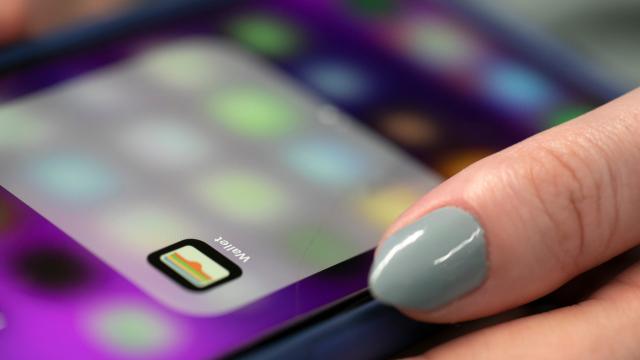We’re all, hopefully, taking the necessary steps recommended by global health officials for mitigating the spread of COVID-19, including by keeping distance between ourselves and others, washing our hands often and for at least 20 seconds, and avoiding touching our faces. Health officials also recommends cleaning and disinfecting frequently touched surfaces, including your gadgets. But some surfaces, like payment keypads, are everywhere and are often essential to doing things as basic as buying food or paying for a prescription at the pharmacy. And because these surfaces can be touched by dozens or hundreds of people each day, it’s probably a good idea to take advantage of any no-touch payment system available to you.
NFC payment systems like Apple Pay, Google Pay, or Samsung Pay allow you to pay by tapping your phone to a payment terminal and can help lessen the need to touch a service that a bunch of other people touched before you—perhaps even an unknowing vector or someone who is sick. Chipped contactless credit cards are another example of no-touch pay options that may minimise the need to touch a payment keypad or terminal that has been touched by others.
Jason Tetro, author of The Germ Code and The Germ Files and host of the Super Awesome Science Show podcast, told Gizmodo by phone that as long as people are not “touching buttons and all you’re doing is tapping, that’s probably a good thing.”
Tetro pointed to a germ study from British and Finnish researchers published in 2018 in BMC Infectious Diseases that examined the spread of infectious diseases at airports by looking at the presence of respiratory viruses on commonly touched surfaces, which included luggage bins, handrails, and—you guessed it—the buttons of the payment terminal at the pharmacy, all of which had evidence of at least one respiratory virus in swabbed surface samples.
In the case of the payment terminal, both rhinovirus and coronavirus OC43—a common form of coronavirus different from the one causing the current global pandemic—were found in the same sample.
“Basically, it comes back to the old idea of high-touch surfaces,” Tetro said. If people are in a situation where they’re required to touch something that who knows how many other people have also touched, such as payment terminals or ATMs, “there’s a good likelihood that people have been picking their nose or putting their fingers in their mouth, and so they may have bodily fluids that they may transfer onto those payment machines. Within the first few hours, when it’s most infectious, someone else may end up touching that and touching their face afterward.”
Having a non-touch system, Tetro added, is advantageous because it eliminates one more potential vehicle for spreading disease. In other words, if you’ve got it, use it. And if you do find yourself needing to touch a high-touch surface like a payment keypad, wash your hands or use hand sanitiser as soon as you possibly can. Also, hard as I know it can be, stop touching your face.
